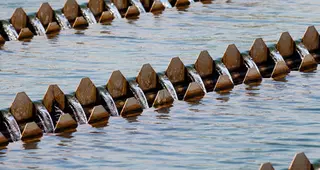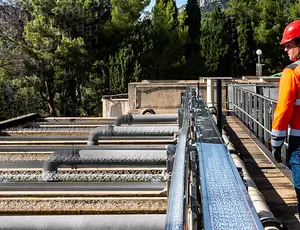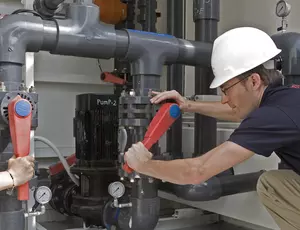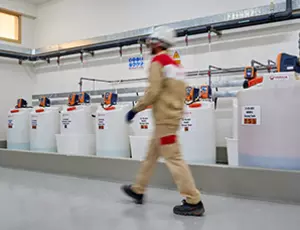During storm events, many wastewater plants may be unable to achieve the required effluent quality and in worst cases, untreated wastewater may bypass the plant. Veolia Water Technologies provides municipalities and industries with solutions to control and limit sewage overflows which are toxic for the environment.
Stormwater is the water originated from storms (rain, snow or ice). Naturally, stormwater infiltrates the ground or evaporates. Stormwater management is the application to improve the natural process in order to reduce negative impacts on urban and rural areas.
Stormwater management also plays an important role in preventing increased risks of flooding as well as soil and stream erosion. It also has a direct impact on preventing harmful substances present in the water, such as chemicals, bacteria and heavy metals, from being rejected in nature.
How Veolia is committed to helping its clients manage stormwater
Stormwater is a health risk when it falls on water treatment plants. Combined sewer overflow (CSO) contains particulate and soluble wastes from domestic sewage, industrial and commercial wastewaters. These waste products include suspended solids, bacteria, viruses, nutrients, toxic pollutants, oil, grease and debris, posing significant risks to receiving water quality, public health and aquatic life. To limit the release of pollutants into the environment, we offer industry clients and municipalities innovative solutions to manage environmental pollution risks at a lower cost.
In addition, a stormwater inflow forecast to a wastewater treatment plant can significantly increase the hydraulic capacity of the plant. Software such as our Hubgrade Performance digital solution optimizes the hydraulic capacity of the wastewater treatment plant during stormwater conditions. Reactive mode is based on real-time measurements of the inlet flow whereas the proactive mode, based on flow forecast, will increase the hydraulic capacity ahead of the arrival of the stormwater and help avoid or reduce non-compliant discharges.
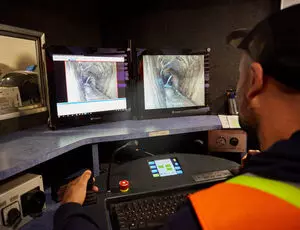
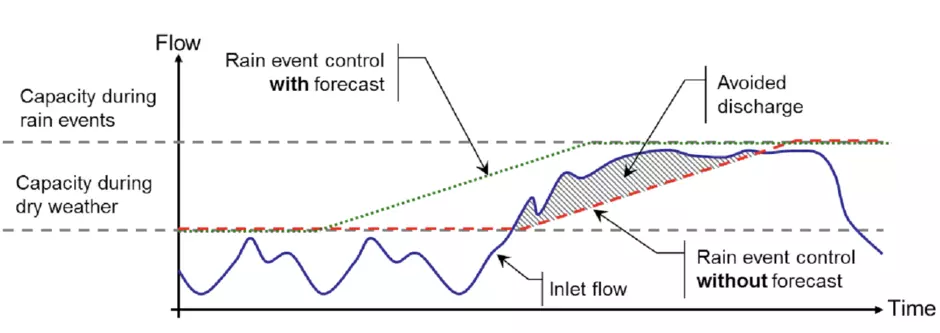
Supporting our clients to control sewage overflow
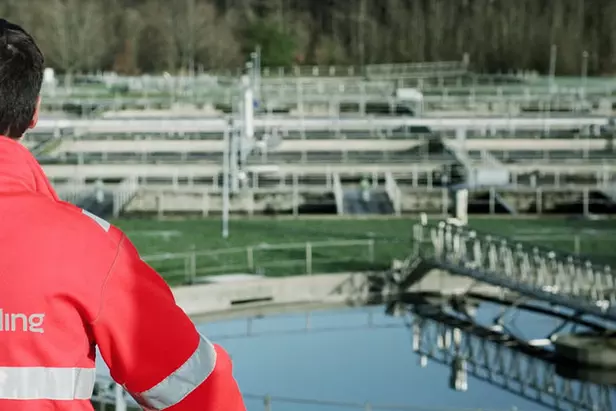
A utility company that covers the entire municipality of Kolding in Denmark, BlueKolding treats wastewater from the 100,000 residents. Of the total water treated, some 12 million m3 is processed annually at the Agtrup central water wastewater treatment plant (WWTP).
For many years, BlueKolding A/S has prioritized and applied software solutions for capacity extension and operations optimization for the entire sewerage system, from the sewer network to the wastewater treatment plants.
In 2011, BlueKolding completed a larger extension of its plant facilities, which included an upgrade at the same facility as well as integrating control strategies for the entire sewerage system for the City of Kolding – from the sewer network to the wastewater treatment plants.
Hubgrade Performance was installed at three satellite wastewater treatment plants in Vamdrup (2012), Christiansfeld and Lunderskov (2013). With the BlueGrid project, BlueKolding and Veolia Water Technologies took yet another exciting step into the intelligent use of data from the entire sewerage system in the municipality of Kolding, combined with weather forecasts and rain radar data.
Discover our technologies for stormwater management
We offer our clients many regulation tools to safeguard against stormwater management and CSO risks. Our solutions are adapted to all wastewater basins, enabling treatment plants to reach their optimal potential by guaranteeing the quality of effluents, even during heavy rainfall.
Technologies - Stormwater management
Would you like more information about our technologies for stormwater management?
TI have comprehensive experience in analyses and reduction of combined sewer overflows, either by use of structural measures or real time control.
Used to work on sewer projects all over the world, I know the impact that climate change has had on cities’ management. I understand how important it is to focus on reporting and reduction of combined sewer overflows. By using data driven solutions like Hubgrade Performance Sewer, we help our clients to improve their systems. A great example is in the city of Kolding, in Denmark.

Dr. Ole Mark
Head of Innovation
Krüger, Veolia Water Technologies
Contact Ole through his LinkedIn account
More services for stormwater management
FAQ about stormwater management
Why do we have combined sewer overflows ?
Historically, combined sewers have been designed in a way so the foul sewage was mixed with rainwater in the same pipe. Combined sewer overflows have been part of the traditional design, where an overflow takes place in order to reduce flood damages in the city. Nowadays sewers are mostly designed as separate sewer systems.
What is a separate sewer system ?
A separate sewer system transports the rain water runoff and the foul sewerage in two individual pipes, where the pipe with the foul sewerage never overflows.
How can combined sewer overflows be reduced ?
Combined sewer overflows can be reduced either by structural measures, e.g. by increasing the capacity of sewer system, in the form of larger pipes and increased storage volume by construction of basins, or by using available space/unused volume during rain by use of real-time control.
What is real-time control ?
Real time control is an intelligent use of available volume/storage in the sewer system during rain events, so almost all available volume is used before a combined sewer overflow takes place. Real time control can typically reduce the annual CSO volume by 15-25 % compared to a traditional and static sewer system.
An alternative to reducing the volume of water discharged by a combined sewer overflow, that is to treat and reduce the pollution locally at the overflow, e.g. by use of Actiflo®.
Technical resources
If you can’t find exactly what you are looking for, please contact us for further assistance.



